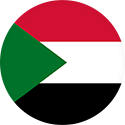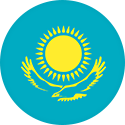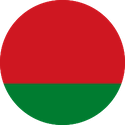Highlights
Here is a quick look at some of the highlights unearthed in the study.

#1. Sudan
Despite poor telecommunications infrastructure and improving take-up of mobile broadband services, where available, fixed-line broadband remains cheap in Sudan, if not particularly affordable by the general population.

#2. Kazakhstan
In second place, broadband in Kazakhstan has become increasingly cheap, despite falling take-up of fixed-line services. The market is expected to take another upturn within the next few years, especially when it comes to 4G/LTE.

#3. Moldova
Although penetration of fixed-line broadband is far lower than comparable European countries, there remains therefore enormous room for growth, and the number of fixed-line broadband subscribers in Moldova continues to grow steadily.

#4. Belarus
With over 85% of the population connected, Belarus offers cheap internet to all and also puts a heavy focus on its evolving IT sector. Speed is also on the increase due to investment in pure fibre networks.

Our comments on the research